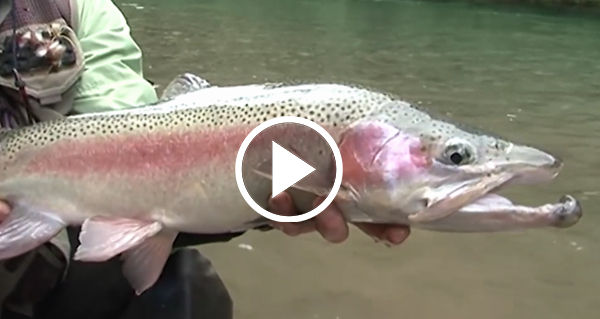
All donations gratefully received
All research and website administration is currently provided on a voluntary basis. Donated money will be used to acquire references and pay for typing as the database of references underlying the work expands to include all recent publications.
Donations can be made into the following bank account – Thank you for your valued support – Dr Jo Pollard, BSc (Hons), PhD, Zoology.
Donations Bank Account:
01-0678-0000207-00
JC Pollard
Our Latest Press Releases

In-depth Response: Independent Scientist, Jo Pollard, Debunks OSPRI’s Claim that a 10-Year Study Proves Forests Remain Vibrant Despite 1080 Poison Usage!
According to OSPRI, the organisation responsible for controlling bovine Tb, 10 years of research have demonstrated “that 1080 can be used to control pests without harming native birds” (Media release, 1/8/23).

Luxon’s Policy on Wildlife
The National Party openly admits that its new policy to manage wild pigs and selected other animals as game, not pests, aims to win hunters’ votes.

DoC’s Poisoning is Illegal – the Ulva Island Example
Scientist Dr. Jo Pollard says DOC’s actions are negligent since previous DOC poisoning drops on the island, had devastating effects with several native bird species being slashed in numbers.

Frightening Lack of Science Behind Super-Poisoning Plans
For decades now, DoC (NZ’s Department of Conservation) has been finding that nature is very fast to fill a void. DoC uses widely broadcast, broad-spectrum poisons in its battles with unwanted mammals (mice, rats, possums and stoats).

More Kea Non-Science from DoC
The Department of Conservation’s (DoC’s) blatant disregard for science was vivid in October. Articles claiming that “1080 benefits outweigh kea deaths” were published in newspapers and online. This claim was based on comments from DoC’s Tom Belton, who had presented work on kea to the West Coast Conservation Board.

A Look At NZ’s Conservation Science
Supporters of NZ’s conservation by aerial poisoning have commonly defended their position with the statement “Look at the science.”Most of the published science on conservation in NZ is accessed readily, appearing in the NZ Journal of Ecology (NZJE). A browse through the issues from the last couple of years reveals glimmers of hope for ecological management, plus some not so nice things. The following is a quick run through.

DoC and Kea: is this the end?
Kea have been in the news again, with TV1 viewers on Wednesday night (9/2/22) treated to the story that tradespeople are sought to help in kea habitat, replacing lead in rooves. This follows last October’s worrying Stuff News headline: “This Is How It Ends: As old as the Southern Alps, kea are on the edge of extinction” (Vance, 2021).

DoC Drivel Down-plays Kea Tragedies
According to the Department of Conservation (DoC) it has solved the problem of previous years’ monitored kiwi chicks dying at Shy Lake, Fiordland, by aerially poisoning the surrounding 40,000 ha of rainforest and islands (the “Wet Jacket” poisoning operation).

Open letter to IUCN World Headquarters – Government poisoning of World Heritage sites in NZ
I am writing to bring your attention to the serious issue of the New Zealand Government’s aerial poisoning of a World Heritage site and hope that you will urgently contact the World Heritage Committee so they may act on this matter.
1080 Poison Drops across New Zealand
Video documentaries by The Graf Boys



























